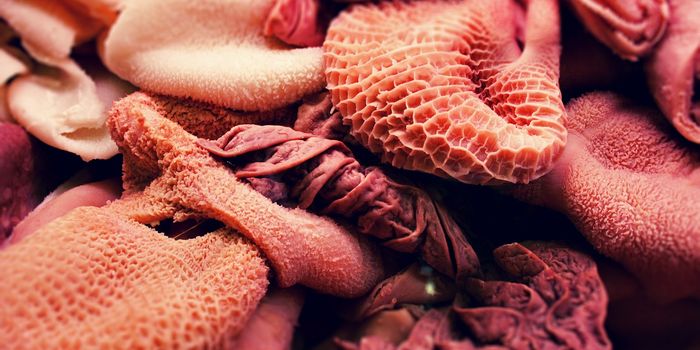Nanosponges Mop up Viruses to Treat COVID Infections
Scientists have developed an experimental therapy for COVID-19 that uses coated nanoparticles to intercept SARS-CoV-2 infection. A collaborative effort between researchers at the University of California San Diego and Boston University have recently released promising data in the journal Nano Letters — the first step in the sprint to bring the therapy to COVID-19 patients.
The core of the innovation consists of tiny particles that are enveloped in a coating of human lung and immune cell membranes. The team named their innovation “nanosponges” after their ability to bind to and remove viral pathogens, much like the cleaning action of a sponge. Nanosponges act as molecular decoys, hindering the ability of the SARS-CoV-2 virus to infect lung cells by up to 90 percent in lab-based assays.
Liangfang Zhang, a nanoengineering professor at the UC San Diego and corresponding author of the study, explains the rationale behind nanosponges: "Traditionally, drug developers for infectious diseases dive deep on the details of the pathogen in order to find druggable targets. Our approach is different. We only need to know what the target cells are. And then we aim to protect the targets by creating biomimetic decoys."
A closer look at the structure of nanosponges reveals a biodegradable polymer core, surrounded in a shell made up of membrane extracts from lung epithelial cells and macrophages. These membranes decorate the surface of the nanoparticles with the same receptors that SARS-CoV-2 uses to gain entry into human cells during infection. Once administered to COVID-19 patients, trillions of these minuscule particles flood the lungs, latch on to the virus rendering them inactive, and are subsequently cleared by the body’s immune cells.
Nanosponges have an edge over many COVID-19 treatments that specifically target SARS-CoV-2 as they can be used to treat a wide spectrum of viruses that infect the respiratory tract and are can continue to be effective even if SARS-CoV-2 mutates. On top of that, they can also be designed to mop up inflammatory cytokine proteins that are responsible for potentially lethal COVID-19 “cytokine storms”.
Zhang and colleagues are racing to bring nanosponge technology to the clinic, saying, "For COVID-19, I hope other teams come up with safe and effective therapies and vaccines as soon as possible. At the same time, we are working and planning as if the world is counting on us."
Sources: Technology Networks, Nano Letters.









